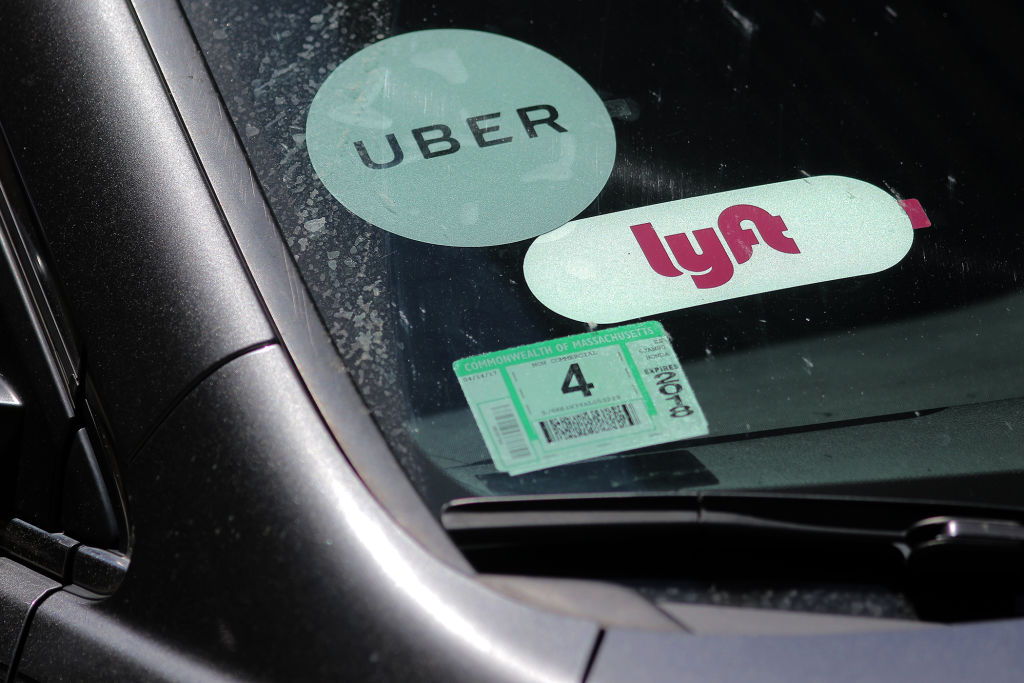As ride-hailing apps like Uber, Lyft, and Grab continue to grow in popularity around the world, they may becoming victims of their own success. That’s because a new study by Bruce Schaller, a former New York deputy commissioner of transportation, found that these services have lured more and more people away from public transportation and ballooned the number of miles being driven in traffic.
According to Schaller, U.S. ridership in using these services jumped by more than a third—37%—between 2016 and 2017, to a total of 2.6 billion passengers. And the effect of this surge on the country’s roadways has been striking. Schiller found that in nine major cities, ride hailing services like Uber and Lyft added an extra 5.7 billion driving miles in the past six years.
“Now [ride hailing services] are clearly a source of congestion, and to deal with congestion you have to deal with them,” Schaller said in the report. Likewise, he warned that the allure of future, self-driving Ubers will soon disappear if the roads become clogged with cars just cruising in search of passengers. And the environmental impact of even more prolific driving on communities and climate change raises other red flags about the prospects of these ride hailing services.
“It will be a disaster for cities and a disaster for these companies,” Schaller concluded.
Thanks for reading InsideHook. Sign up for our daily newsletter and be in the know.


















